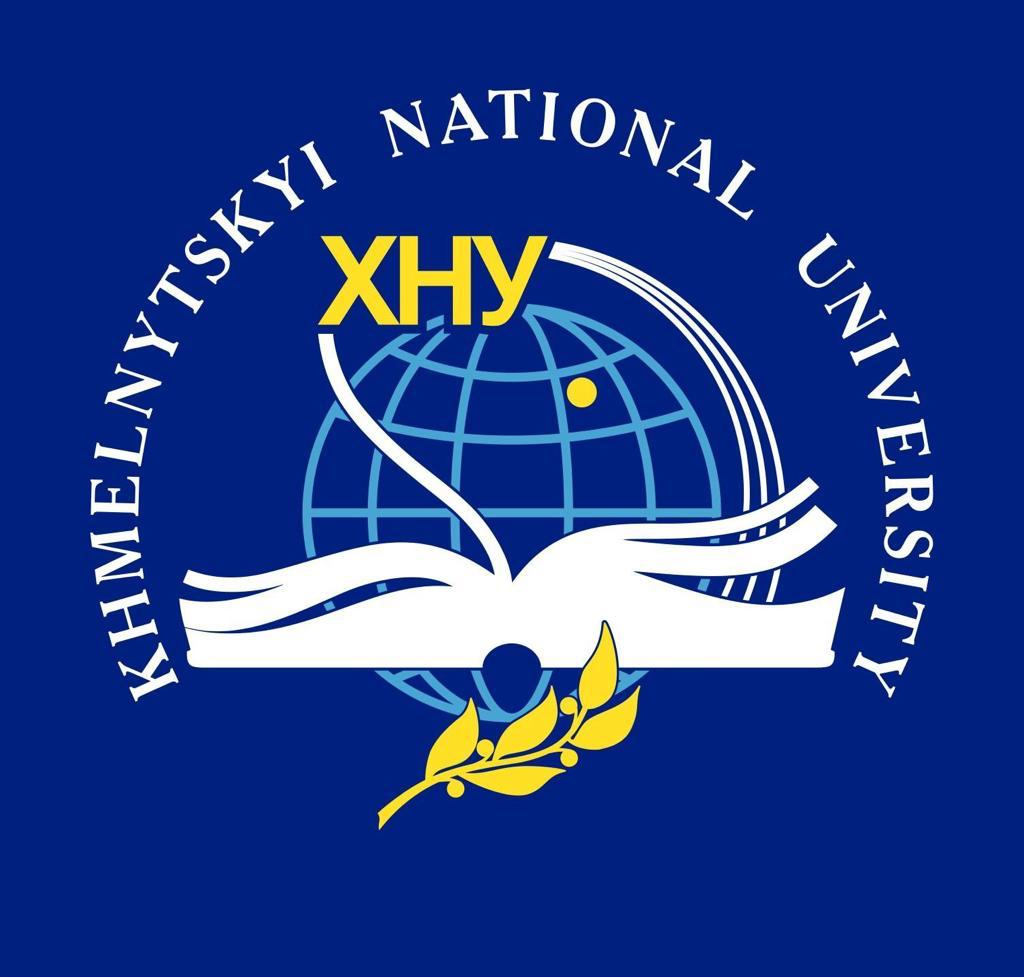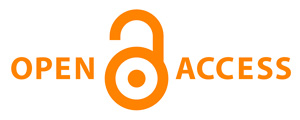MODERN APPROACHES TO DIAGNOSTICS AND PHYSICAL THERAPY OF UPPER EXTREMITY MOVEMENT FUNCTION IN CHILDREN WITH CEREBRAL PALSY
DOI:
https://doi.org/10.31891/pcs.2025.1(1).76Keywords:
cerebral palsy, children, upper extremity, constraint induced movement therapy, homework program, QUEST testAbstract
The hemiplegic forms of cerebral palsy characterized by a clinical picture of unilateral movement impairment are between 36% and 44% of all cases of the disease. The upper extremity dysfunction can range from mild to severe depending on the timing, location, degree, and nature of the brain injury. These impairments limit the child's ability to perform everyday tasks affecting their participation and quality of life. One of the most popular approaches to the rehabilitation of such impairments is a constraint induced movement therapy. The key components of this therapy are the restraint of the unaffected upper extremity with the addition of intensive practice of task-related movements in the affected extremity.
The aim of the study is to investigate the use efficiency of a modified model of constraint induced movement therapy (mCIMT) as a home exercise program in correcting the functional state of the paretic extremity in children with hemiplegic cerebral palsy.
The study involved 24 children with hemiplegic cerebral palsy aged 7-10 years who were randomly divided into a main and a control group consisting of 12 individuals. The manual abilities of all children were classified according to the Manual Ability Classification System (MACS) as MACS II level. The children in the main group received 40 hours of intensive training of the paretic extremity mCIMT in an 8-week home training program and 80 hours of forced use, while children in the control group received 40 hours of normal-intensity bimanual training. The use of this approach allowed to significantly improve the quality of skills of the paretic upper extremity in children in the main group compared to the control group in the following domains of the QUEST test (Quality of Upper Extremity Skills Test): in the dissociated movements domain - 82.70±6.15 points versus 73.25±7.84 points (p < 0.05), in the grasping domain - 54.74±7.09 points versus 46.83±5.15 points (p < 0.05), in the weight-bearing domain - 83.06±4.51 points versus 75.83±7.17 (p < 0.05). The positive results of the CIMT models are explained by a higher dose of training which is a key element in improving movement outcomes.
References
Auhunas S., Volf O., Kyryk O. (2024) Analiz dostupnosti botulotoksynu typu A u likuvanni ditei iz spastychnym tserebralnym paralichem v Ukraini: opytuvannia likariv [Analysis of the availability of botulinum toxin type A in the treatment of children with spastic cerebral palsy in Ukraine: a survey of doctors]. Family Medicine. European practices, 1, 24–31. DOI: https://doi.org/10.30841/2786-720X.1.2024.300447. [in Ukrainian]
Gee B. M., Leonard S., Lloyd K. G. et al. Exploring the Intensity, Frequency, and Duration of Pediatric Constraint Induced Movement Therapy Published Research: A Content Analysis. Children (Basel). 2022. № 5. Р. 700. DOI: 10.3390/children9050700.
Song C. S. Relationships between Physical and Cognitive Functioning and Activities of Daily Living in Children with Cerebral Palsy. J Phys Ther Sci. 2013. № 25(5). Р. 619–622. DOI: 10.1589/jpts.25.619.
Himmelmann K., Uvebrant P. The panorama of cerebral palsy in Sweden part XII shows that patterns changed in the birth years 2007–2010. Acta Paediatr. 2018. № 107(3). Р. 462–468. DOI: 10.1111/apa.14147.
Holmefur M., Kits A., Bergström J. et al. Neuroradiology can predict the development of hand function in children with unilateral cerebral palsy. Neurorehabilitation and Neural Repair. 2013. № 1. Р. 72–78. DOI: 10.1177/1545968312446950.
Kleeren L., Mailleux L., McLean B. et al. Does somatosensory discrimination therapy alter sensorimotor upper limb function differently compared to motor therapy in children and adolescents with unilateral cerebral palsy: study protocol for a randomized controlled trial. Trials. 2024. № 2. Р. 147. DOI: 10.1186/s13063-024-07967-4.
Simon-Martinez C., Mailleux L., Ortibus E. et al. Combining constraint-induced movement therapy and action-observation training in children with unilateral cerebral palsy: a randomized controlled trial. BMC Pediatr. 2018. № 18(1). Р. 250. DOI: 10.1186/s12887-018-1228-2.
Hoare B. J., Wallen M. A., Thorley M. N. et al. Constraint-induced movement therapy in children with unilateral cerebral palsy. Cochrane Database Syst Rev. 2019. № 4. Р. CD004149. DOI: 10.1002/14651858.CD004149.pub3.
Sakzewski L., Ziviani J., Boyd R. N. Efficacy of upper limb therapies for unilateral cerebral palsy: a meta-analysis. Pediatrics. 2014. № 1. Р. 175–204. DOI: 10.1542/peds.2013-0675.
Palomo-Carriоn R., Lirio-Romero C., Ferri-Morales A. et al. Combined intensive therapies at home in spastic unilateral cerebral palsy with high bimanual functional performance. What do they offer? A comparative randomised clinical trial. Ther Adv Chronic Dis. 2021. № 12. Р. 20406223211034996. DOI: 10.1177/20406223211034996.
Roberts H., Shierk A., Alfonso A. J. et al. Improved Hand Function in Children with Cerebral Palsy with Repeat Doses of Group Based Hybrid Pediatric Constraint-Induced Movement Therapy. Disabilities. 2022. № 2. Р. 365–378. DOI: https://doi.org/10.3390/disabilities2020026.
Ramey S. L., DeLuca S. C., Stevenson R. D. et al. Constraint-Induced Movement Therapy for Cerebral Palsy: A Randomized Trial. Pediatrics. 2021. № 148(5). Р. e2020033878. DOI: 10.1542/peds.2020-033878.
Eliasson A. C., Krumlinde-Sundholm L., Gordon A. M. et al. European network for Health Technology Assessment (EUnetHTA). Guidelines for future research in constraint-induced movement therapy for children with unilateral cerebral palsy: an expert consensus. Dev Med Child Neurol. 2014. № 2. Р. 125–137. DOI: 10.1111/dmcn.12273.
Shierk A., Lake A., Haas T. Review of Therapeutic Interventions for the Upper Limb Classified by Manual Ability in Children with Cerebral Palsy. Semin Plast Surg. 2016. № 1. Р. 14–23. DOI: 10.1055/s-0035-1571256.
Thorley M., Lannin N., Cusick A. et al. Construct validity of the Quality of Upper Extremity Skills Test for children with cerebral palsy. Dev Med Child Neurol. 2012. № 11. Р. 1037–1043. DOI: 10.1111/j.1469-8749.2012.04368.x.
Downloads
Published
How to Cite
Issue
Section
License
Copyright (c) 2025 ІРИНА КАЛЬОНОВА, НАДІЯ БОГДАНОВСЬКА , НАТАЛІЯ ПОЗМОГОВА

This work is licensed under a Creative Commons Attribution 4.0 International License.





